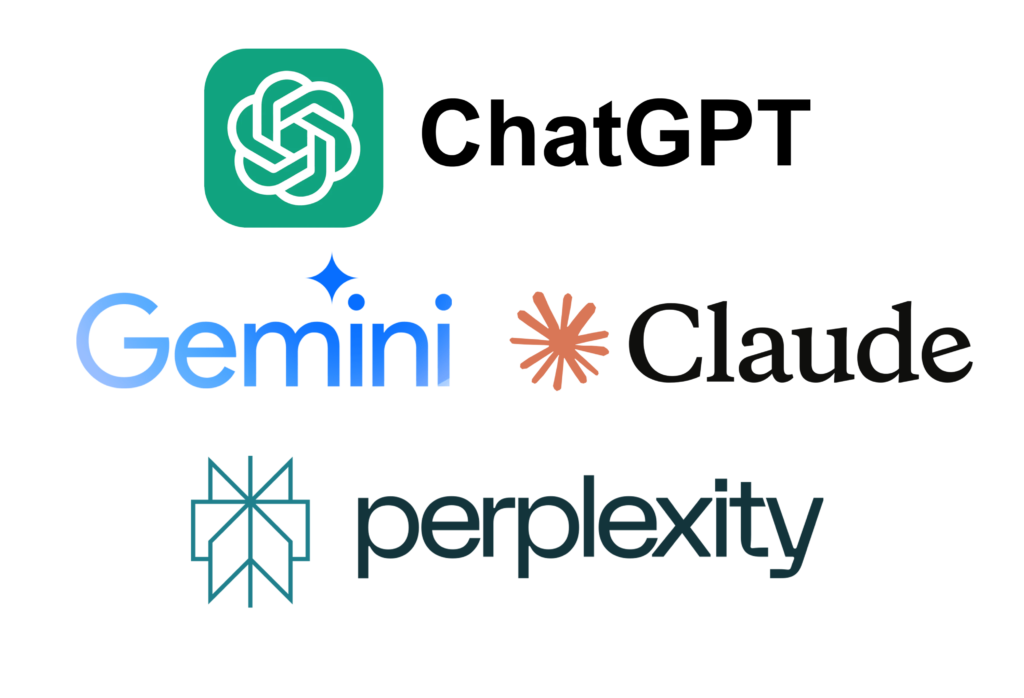SEO vs AEO: Essential Differences for Maximising Online Visibility
Getting found online is a big deal for any business. For a long time, the main way to do that has been through SEO—Search Engine Optimisation—which helps your website show up in Google search results. But things are changing. More people are now using voice assistants like Siri or Alexa, and new AI tools such as ChatGPT and Google Gemini, that answer questions directly, without showing a list of websites.
That’s where AEO—Answer Engine Optimisation—comes in. Instead of just trying to rank on search pages, AEO is about making sure your business is the one giving the answer when someone asks a question.
In this post, we’ll explain the difference between SEO and AEO, why AEO matters more than ever, and how you can use both to help more people find your business online.
Defining Search Engine Optimisation and Answer Engine Optimisation
To fully understand the distinctions between SEO and AEO, it’s important to first establish a clear definition of what each term represents.
What is SEO?
SEO stands for Search Engine Optimisation. It is the practice of optimising website content to improve its visibility and ranking on traditional search engines like Google, Bing, and Yahoo. SEO strategies involve keyword research, on-page optimisation (such as meta tags and content quality), and off-page tactics (like link building). The goal of SEO is to drive organic traffic from search engines to a website by ensuring it appears high on the search results page for relevant queries.
What is AEO?
AEO, or Answer Engine Optimisation, is focused on understanding user intent – specifically for answering questions and providing concise information directly within digital assistants and voice search technologies, such as Google Assistant, Siri, and Alexa. It also applies to AI answer engine tools like ChatGPT, Google Gemini, Perplexity, Microsoft Copilot and Claude. It is sometimes referred to as ‘Generative Engine Optimisation’ (GEO).
Unlike traditional SEO, which targets search engine results pages (SERPs), AEO aims to deliver precise answers that can be easily read or spoken by these platforms. This might involve structuring content in a way that makes it easily interpretable by artificial intelligence, such as using short, succinct answers, Frequently Asked Questions (FAQs) and ensuring data is marked up with structured data like schema.org.

Key Components of SEO
SEO involves various strategies and practices including:
- Keyword Research: Identifying the words and phrases potential customers are searching for and integrating these into your content.
- On-Page SEO: Optimising individual web pages, including meta tags, headings, URL structure, and content quality to improve search rankings.
- Off-Page SEO: Building strong backlinks and social media presence to enhance a website’s authority.
- Technical SEO: Ensuring a website’s technical elements, like site speed, mobile-friendliness, and security, are optimised for search engines.
- Content Quality: Creating valuable, relevant, and informative content that not only engages but also retains visitors.
SEO is an ever-evolving field due to regular updates in search engine algorithms, which makes staying current with best practices essential for success.
Key Components of AEO
Advanced Engine Optimisation includes:
- Structured Data: Using schema markup to help search engines understand content.
- Question and Answer Format: Crafting content that answers common user questions.
- Natural Language Processing (NLP): Writing in a conversational tone to match voice search queries.
- Featured Snippets: Optimising for content to appear as featured snippets in SERPs.
Key Differences Between SEO and AEO
Objective
- SEO: The primary objective is to increase a webpage’s visibility on search engines and drive organic traffic to a website.
- AEO: The focus is on providing direct answers and information through voice-activated devices and Answer Engine tools.
Content Structure
- SEO: Content is created with in-depth information, optimising the use of keywords, headers, and meta descriptions to improve ranking.
- AEO: Content is structured to provide concise and clear answers, using formats like lists, tables, and short paragraphs that are easily parsed and delivered in voice format or AI answers.
Intent and Approach
- SEO focuses on ranking higher on traditional search engine results pages.
- AEO is oriented around quick answers and snippets that voice assistants and answer engines use.
Content Formatting
- SEO may prioritise longer, in-depth content with various keywords and links.
- AEO prefers succinct, direct answers and structured data to match user queries.
Technology and Tools
- SEO tools analyse webpage performance, keywords, and SERP rankings.
- AEO considers how well content performs in answer engines and utilises tools to test structured data and snippet success. For example, check your Google Business Profile because many answer engines rely on that information.
Why Both SEO and AEO Matter
SEO and AEO work best when they’re used together.
SEO is still important because many people still use search engines like Google to compare options, read reviews, and explore websites. A strong SEO strategy helps your website show up in those results, bringing people to your site and helping them learn more about your business.
AEO, on the other hand, focuses on giving clear, direct answers to specific questions. This is especially important for voice searches, AI tools, and smart assistants that don’t always show full websites—they just give one quick answer. If your business provides that answer, you’re more likely to be seen as helpful, trustworthy, and relevant.
By using both SEO and AEO, you’re covering all the ways people search today:
- When they want to browse, your SEO helps them find your site.
- When they want a quick answer, your AEO makes sure it’s your business providing it.
Together, they make your business more visible, more useful, and more competitive in a fast-changing online world.
Conclusion
Today, being found online means using both SEO and AEO. SEO is still the foundation—it helps your website show up in Google searches when people are looking for products or services. But with more people using voice assistants and AI answer tools to get quick answers, AEO is becoming just as important.
When you understand the difference between SEO and AEO, you can create content that works well for both types of search. This helps you reach more people—those who are browsing and those who want fast answers.
If you want your business to stay competitive in the future, you need to focus on both. Good SEO brings steady traffic to your site. AEO helps you stand out in newer types of search that are growing fast.
As technology changes, the way people search will keep changing too. By using both SEO and AEO, you’ll be ready; reaching more customers, giving them better answers, and growing your business in the process.

Giving Small Businesses the Big Business Advantage with AI
At Artemis Marketing, we’re passionate about empowering smaller businesses with the latest technology and tools. That’s why we’ve invested £2.5 million in research and development since 2017, with a focus on Artificial Intelligence. We believe that AI algorithms don’t distinguish between large corporations and small businesses, and we’re determined to level the playing field. Whether you’re eCommerce platform or small business, our AI-driven solutions provide you with the same advantages as larger competitors, ensuring your business stands out in search results—all at great value.

